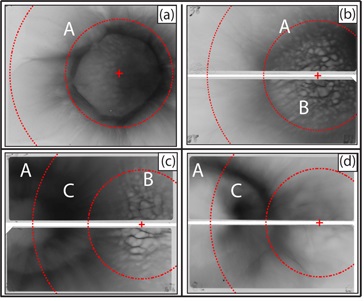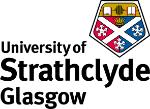University of Strathclyde’s partnership in LA³NET bears fruit
Luca Stockhausen participates in the work ‘Proton acceleration enhanced by a plasma jet in expanding foils undergoing relativistic transparency’ published in the New Journal of Physics by a team led by Prof Paul McKenna of the University of Strathclyde.
The authors investigate ultraintense laser-driven proton acceleration from ultrathin target foils undergoing expansion and RIT (relativistically induced transparency) both experimentally and numerically. The angular separation and detection of signature components of target normal sheath acceleration (TNSA) and radiation pressure acceleration (RPA) indicate that both of these mechanisms occur. The physics underpinning energy enhancement in a high-energy, directional part of the proton beam is investigated. It is found, for the first time, that this is driven by the formation of a plasma jet, supported by a self-generated quasi-static magnetic field, at the target rear side. Direct laser acceleration of electrons which are trapped within the jet by the magnetic field significantly enhance their energy. These electrons stream through the sheath-accelerated proton layer, driving an electrostatic field which transfers energy to protons within a narrow angular range in the vicinity of the jet. Through the introduction of a controlled prepulse, it is shown that the final maximum proton energy is increased by a factor which is highly sensitive to the rising edge intensity profile of the laser pulse on the picosecond timescale.

Proton spatial-intensity profiles in the energy range 5–7 MeV, in different conditions of the interaction.
The results provide new insight into the complex physics occurring in ultrathin foils undergoing relativistic induced transparency. It is shown that TNSA, RPA and transparency-enhanced/BOA acceleration can all occur, at different stages in the laser pulse interaction with the target, and that the individual mechanisms can be investigated by angularly separating the ion beams produced.
The results highlight the importance of diagnosing and controlling the intensity contrast, not only in the tens of picosecond to nanosecond temporal range explored previously [1–3], but also on the picosecond rising edge of the laser pulse. This task will require significant investment, but it’s an important step to the future development of laser-ion sources.
REFERENCES
[1] Kaluza M et al 2004 Phys. Rev. Lett. 93 045003
[2] Gray R J et al 2014 New J. Phys. 16 113075
[3] Esirkepov T et al 2014 Nucl. Instrum. Methods A 745 150
Adapted from 'Proton acceleration enhanced by a plasma jet in expanding foils undergoing relativistic transparency', HH W Powell , M King, R J Gray, D A MacLellan, B Gonzalez-Izquierdo, L C Stockhausen, G Hicks, N P Dover, D R Rusby, D C Carroll, H Padda, R Torres, S Kar, R J Clarke, I O Musgrave, Z Najmudin, M Borghesi, D Neely and P McKenna, New J. Phys. 17 (2015) 103033 (10.1088)

-150x45.jpg)